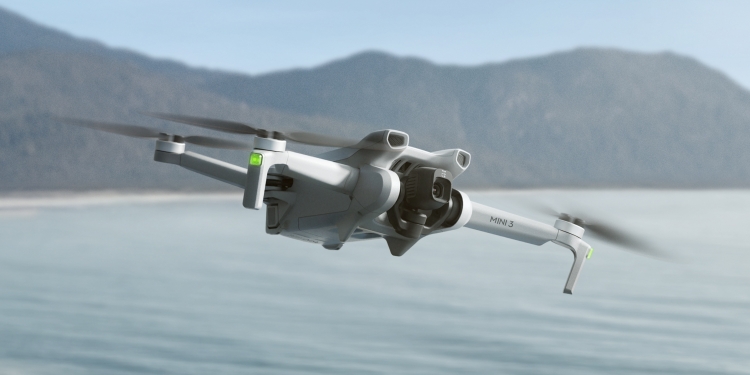Closing out a year that includes impressive launches like the Avata and the Mavic 3 Classic, DJI has revealed its smallest and cheapest drone released this year. The DJI Mini 3 is a cut-down version of the likeable Mini 3 Pro that’s somehow even cheaper than previously rumoured, but the lower price does come with quite a few sacrifices.
DJI Mini 3 Malaysia pricing and availability
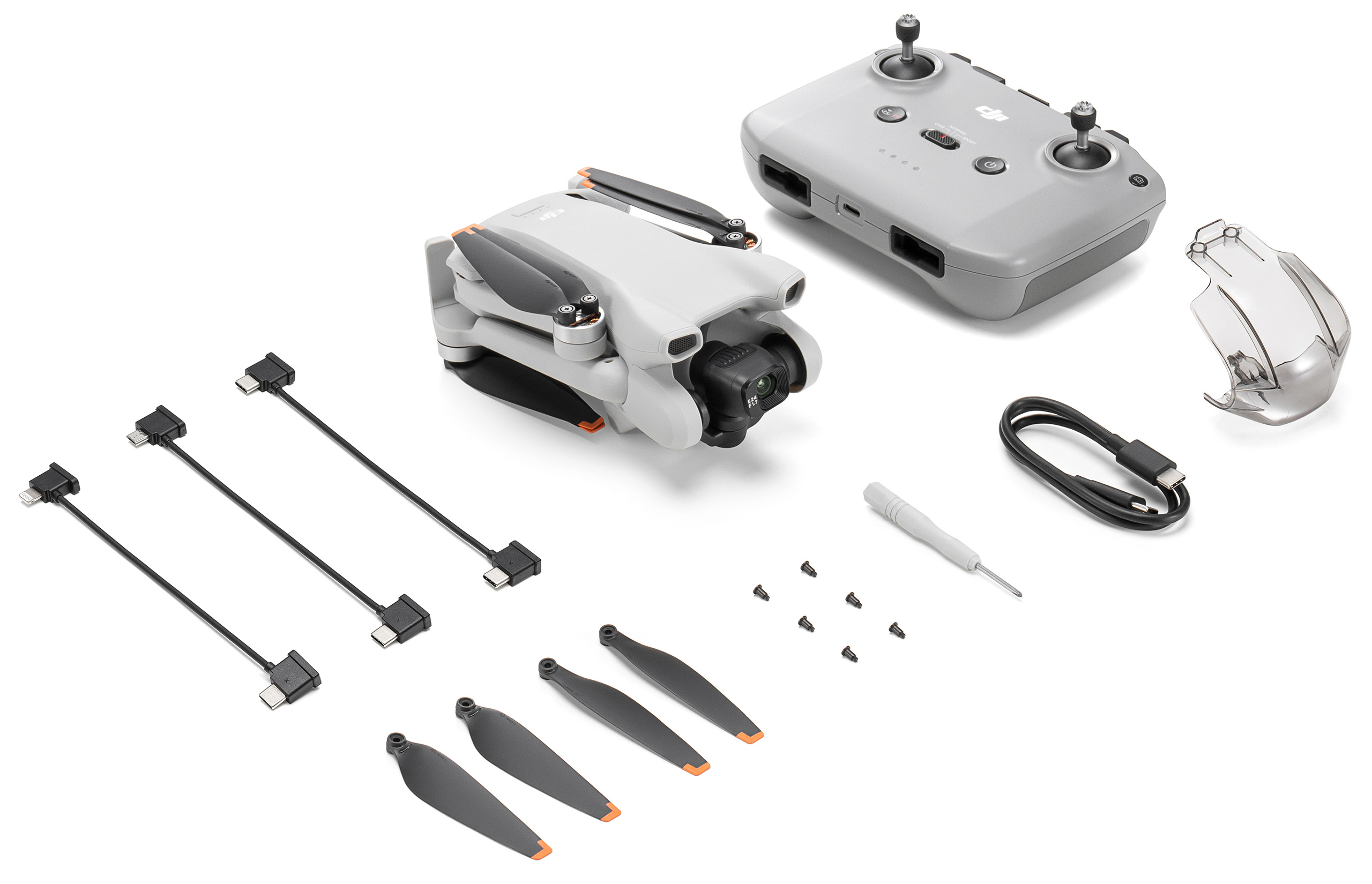
Amazingly, DJI has managed to sneak the Mini 3 under the RM2,000 mark for just the drone—ideal for those who have already bought into the company’s ecosystem and have your own remote. You can of course add one of four accessory bundles that will bump up the price significantly, but even the most well-featured Mini 3 is only RM600 more expensive than just one Mini 3 Pro and a remote. Pricing is as follows:
- DJI Mini 3 (drone only) – RM1,999
- DJI Mini 3 (with RC-N1 remote control) – RM2,399
- DJI Mini 3 (with RC remote control) – RM3,099
- DJI Mini 3 Fly More Combo Plus (with RC-N1 remote control) – RM3,299
- DJI Mini 3 Fly More Combo Plus (with RC remote control) – RM3,999
Buyers can choose between the RC-N1 and the RC remote control, the latter offering a built-in display. The Fly More Combo Plus adds a shoulder bag a two-way charging hub and two extra Intelligent Flight Batteries Plus that offer a longer flight time. Like all other DJI products, the Mini 3 can be purchased from the official Shopee and Lazada stores.
DJI Mini 3 specs and features
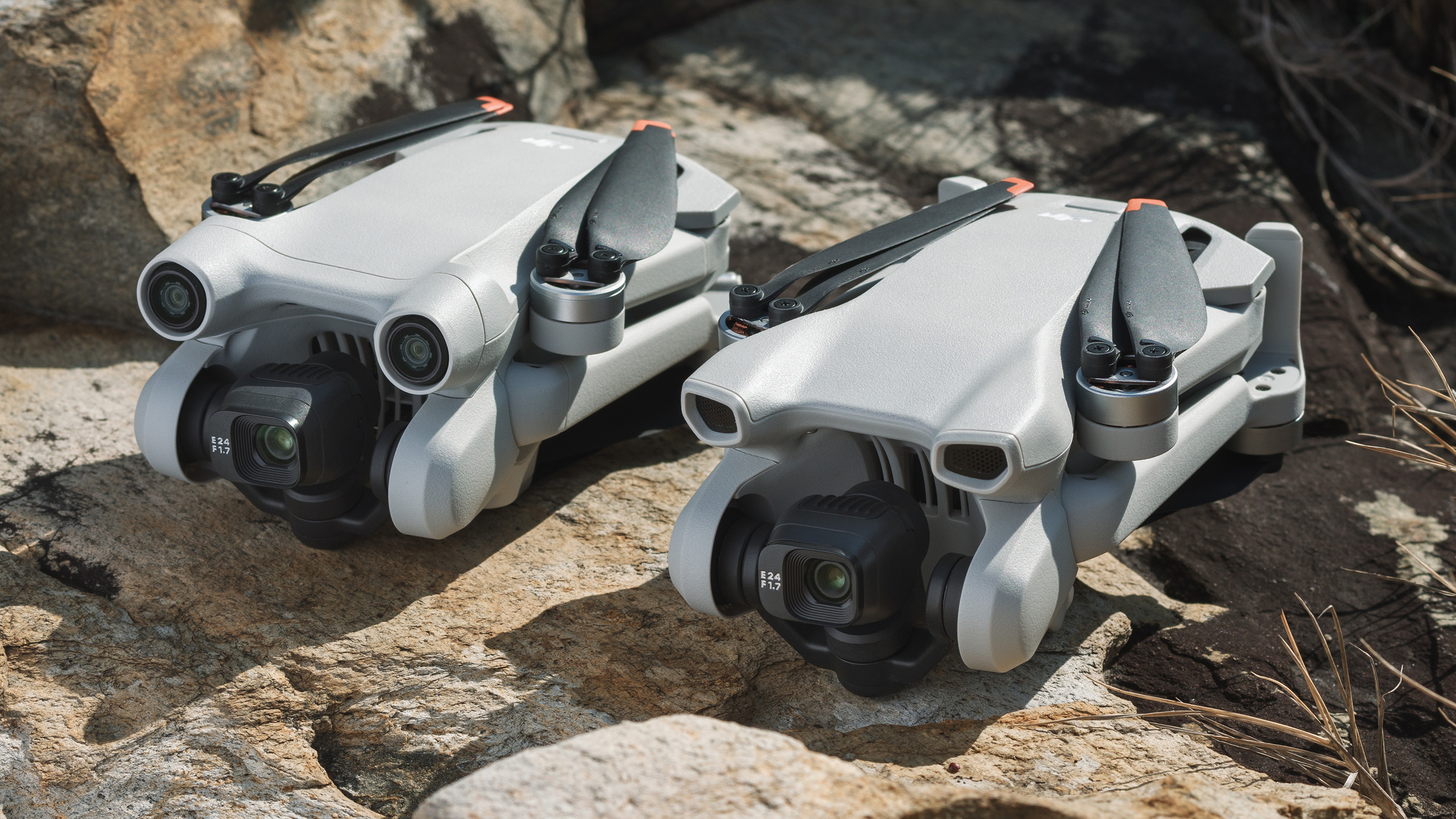
As with all other DJI Mini drones, the Mini 3’s biggest advantage is its discreet size and its lightness. Weighing in at 248g, the device continues to slip under the 250g limit that exempts you from several drone regulations in many parts of the world. It’s actually slightly longer than the Pro when folded at 148mm, although it expands to the same 251mm length with the propellers at full extension.
The Mini 3 looks almost identical to the Pro version and even comes with the same headlining feature—a camera with a 1/1.3-inch sensor and an f/1.7 lens, mounted on a gimbal that can rotate the camera to shoot vertical photos and videos, TikTok style. However, it’s here where you’ll find the first concessions to price.
While the sensor is still a 48MP unit, the photos are now locked at 12MP through pixel-binning. Video recording at 4K drops from 60fps to 30fps, and you also lose out on the MasterShots function for autonomous flying and shooting, although the Mini 3 still includes QuickShots modes to perform pre-programmed moves. Files can still be transferred at up to 25Mbps through QuickTransfer.
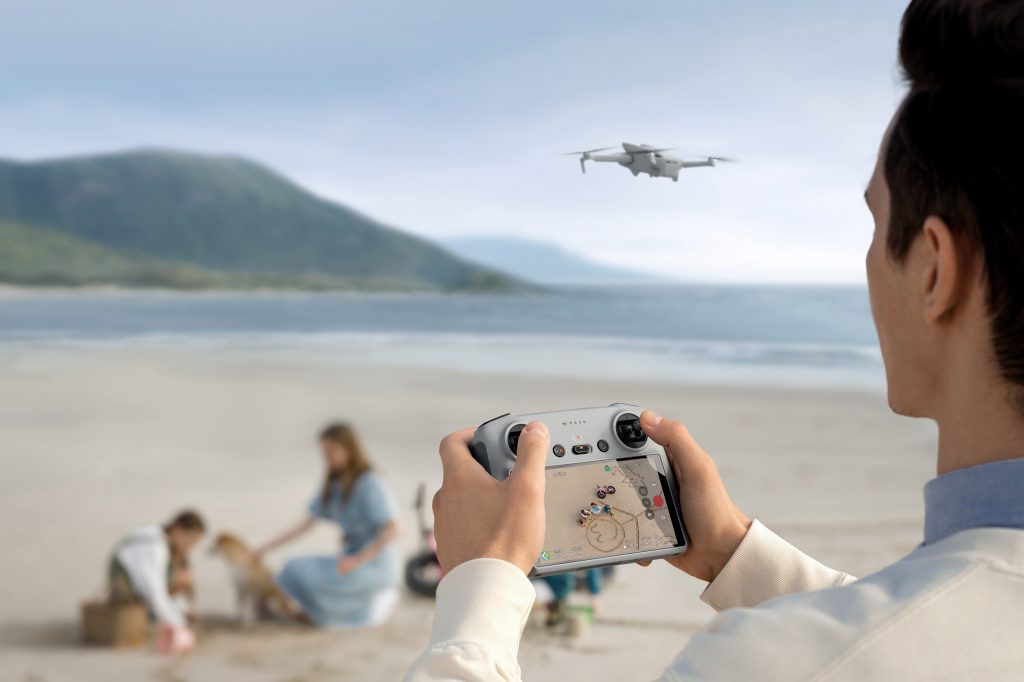
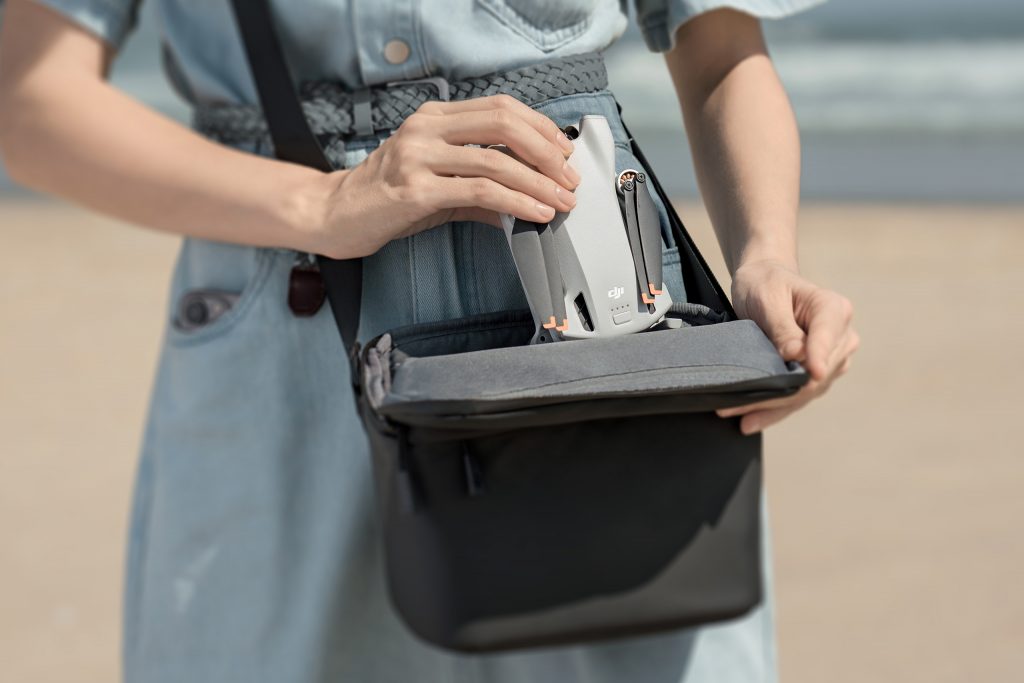
Elsewhere, the Mini 3 uses OcuSync 2 for video transmission instead of OcuSync 3, meaning that the range drops from 12km to 10km. The drone also loses both front and rear obstacle sensors (not just the fronts as previously reported), relying on just the downward sensors—as such, it doesn’t feature the Pro’s obstacle avoidance systems. It can still hover using GNSS and infrared sensors, and retains Auto Takeoff and Return to Home (RTH) functions.
The reduced feature set does mean that the Mini 3’s battery lasts a little longer at 38 minutes, or 51 minutes with the Intelligent Flight Battery Plus; maximum hover time is rated at 33 and 44 minutes respectively. The maximum flight distance, meanwhile, remains the same at 18 and 25km respectively.

